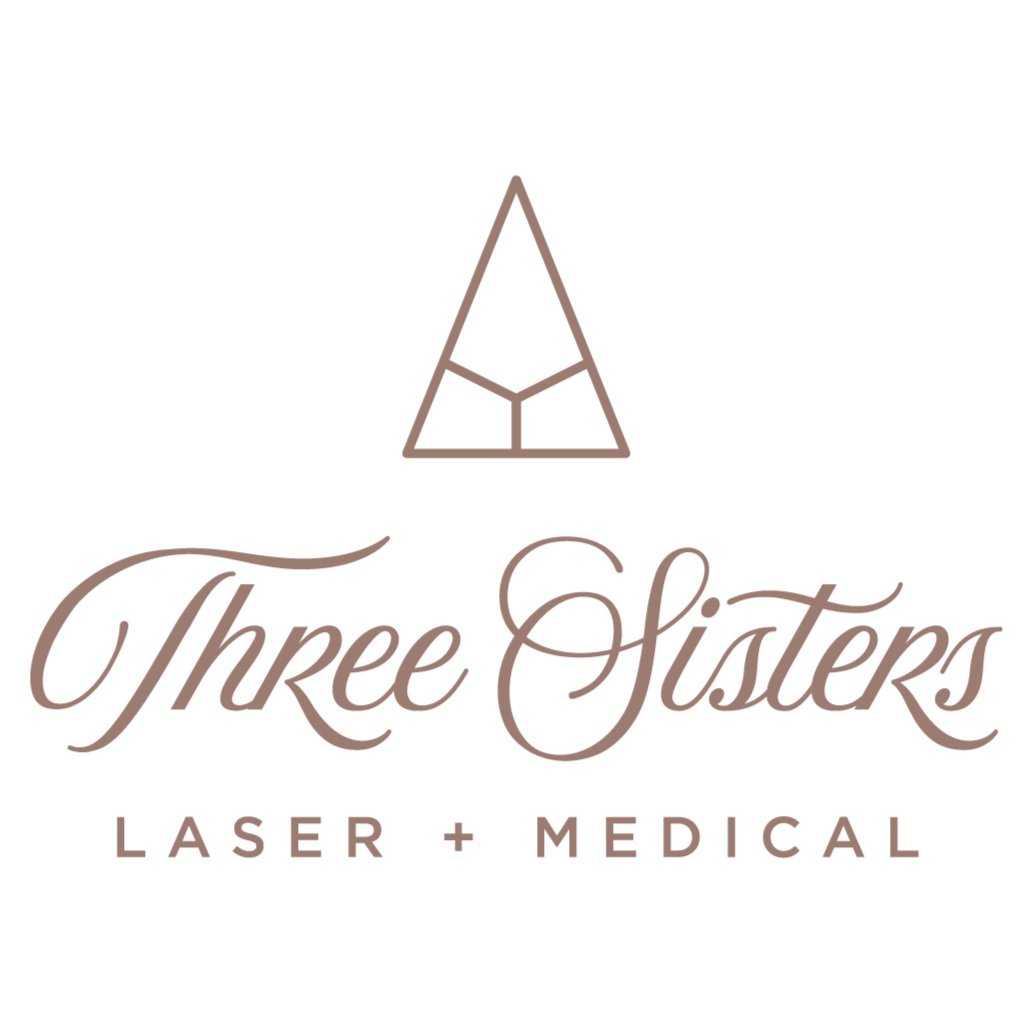Take the Sun Quiz
Did you know?
Skin damage caused by the sun doesn't just go away when the tan or burn fades. Instead, sun damage builds up until the damaged cells move from the lower layers of skin to the surface. This damage may appear as brown spots and aged skin, and will put you at higher risk of skin cancer.
It's incredibly important to take care of your skin every day. A good place to start is to reduce direct sun exposure, wear protective clothing and wide-brimmed hats, and apply sunscreen when you go out.
For even more sun tips, take the quiz below to see if you can spot the myths and facts about skin health.
Take the Quiz: True or False?
One bad sunburn in childhood raises your skin cancer risk.
True. A baby’s skin can burn in less than 10 minutes. Protective clothing and hats are very important to protect kids’ skin. Babies less than 6 months old cannot wear sunscreen. Their thin skin is too young for sunscreen.
Skin cancer only grows on places that have been exposed to the sun.
False. Skin cancers can grow anywhere on the body. There is a strong link between sun exposure and the two most common non-melanoma skin cancers. These most likely grow on face, ears and hands.
People with darker skin cannot get sunburns and/or skin cancer.
False. Everybody can burn. People of color are often diagnosed with skin cancer at later stages because of this myth
A base tan can help protect your skin from the sun.
False. There is no such thing as a safe tan. If you spend time in the sun, you expose your skin to damaging UV rays. Tanned skin is damaged skin and at increased risk for skin cancer.
Makeup can help protect your skin from the sun.
True. Medical grade skin care with DNA repair and SPF are very helpful. Skip shiny, high gloss lipsticks which can attract UV rays to your lips.
Window glass protects your skin from all harmful UV rays.
False. UVB rays can’t get through glass but UVA rays can. That’s why you should use a broad spectrum sunscreen with an SPF of at least 30 even when you are going to be inside.
Dark sunglasses block more UV rays than light lenses.
False. Both can do the job! Labels like “UV absorption up to 400nm” means that glasses will block 99% of UV rays, compared to ~70% for most cosmetic glasses. Sunglasses are key because skin cancer can occur on eyelids. Sun can also raise the risk of cataracts, macular degeneration, keratitis and cancers of the eye.
Dark clothes protect you from the sun better than light ones.
True. UV rays pass through lighter-coloured fabrics more easily. To block the most, wear navy or black or bright solid colors like red and orange. Tight weaves offer more protection than loose ones. If you can see the light through the fabric when you hold it up, the sun’s damaging rays can hit your skin. Best option are clothes with UPF (UV Protection Factor) ratings; the higher the better.
Indoor tanning helps you become SPF-resistant and protects you against skin cancer.
False. The risk of melanoma is a huge 75% higher in people who started to use tanning beds before age of 25. Tanning salons use both UVA and UVB rays - the same as the sun. Any kind of tan is damaged skin. And sun damage speeds skin aging and raises the risk of cancer.
Melanoma, the deadliest skin cancer, most often occurs on the face and hands.
False. Melanoma is often seen on upper back for men and lower legs and upper back for women. That is why it is important to wear sunscreen all over your body.
Wear sunscreen
More than 20 years ago, Baz Lurhmann wrote a song dispensing life advice to the graduating class of '97. In it, he says "Wear sunscreen. If I could offer you only one tip for the future, sunscreen would be it". These words continue to ring true.
Sunscreen is a skincare necessity. Make sure you use a brand you enjoy applying to your face and body every day. For the face, I often recommend high-SPF non-greasy formulas that hydrate and reduce shine. Some sunscreens even provide built-in blemish coverage.
Have questions about your skin health? Come see us.
-Dr. Alina Constantin
